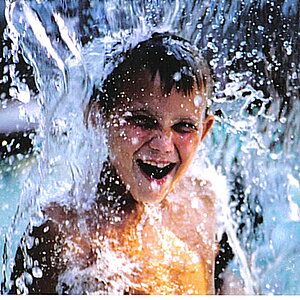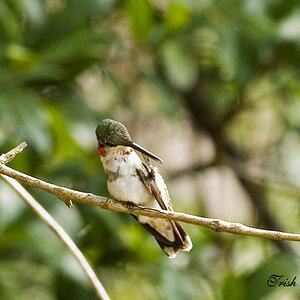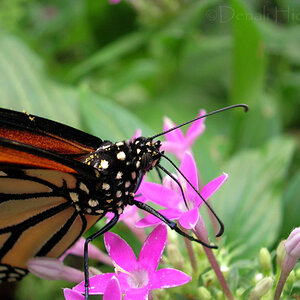Croissant Seven
TPF Noob!
I live in CO, and I'm a mountain kid, so nature and landscape photography is a definite interest of mine. I want to take relevant, important, beautiful pictures of my home state and elsewhere, but I'm just starting out with basic consumer gear, and building from there.
So, I'm looking for recommendations for gear that's not in the pro-pricing range, to augment my current rig to take better shots in the mountains. I range anywhere from snowboard parks to alpine passes, to on the river with a fly rod.
Here's what I'm working with currently:
-Nikon D3000
-Nikon Kit Lenses: 18-55mm and 55-200mm
-Circular polarizer
-Basic tripod
-20/20 vision :mrgreen:
If you were me, with a budget of, say, $1000, where would you place that money to best upgrade what I'm working with, for what I'd like to shoot?
This isn't a theoretical, either, I've set aside a grand of funny munny for photo gear and I'm going to start shopping next week.
Some stuff I've done so far, since I bought my Nikon in September:
Fremont Pass, near Leadville, CO
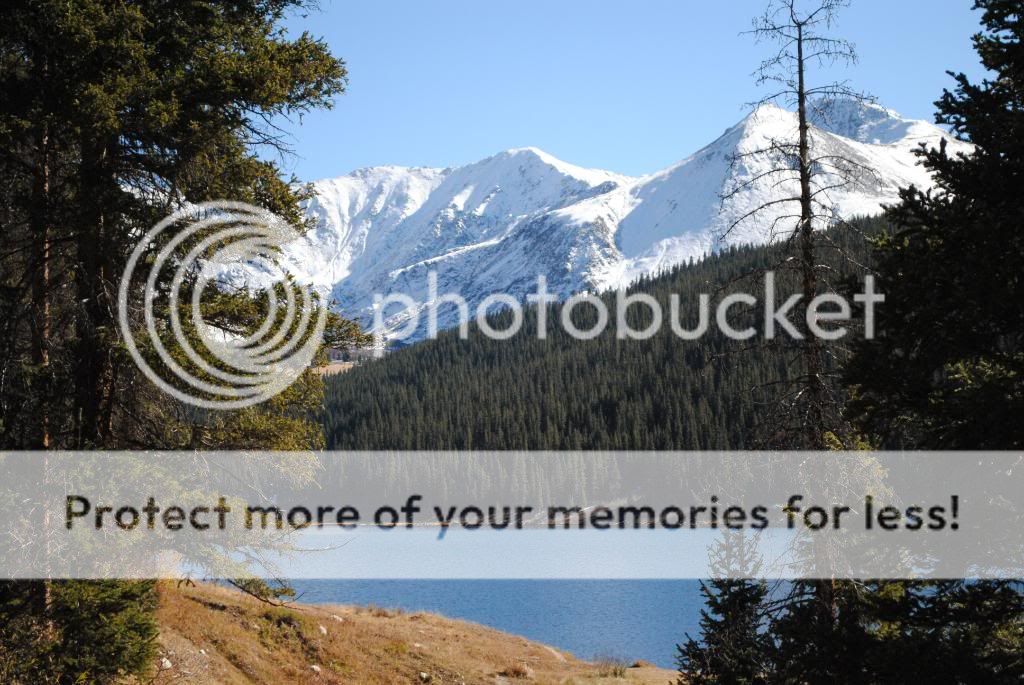
Rollins Pass/Apex townsite, above Boulder:
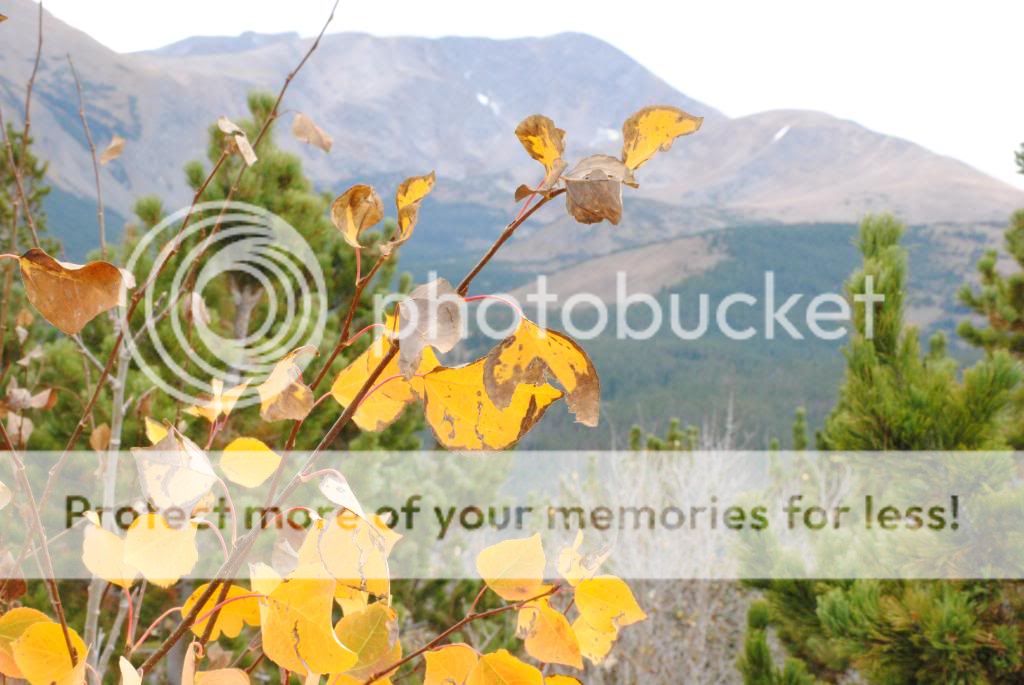
Genesee Park, near Golden, CO (that bull didn't like me very much!)

Linus on Boreas Pass, near Breckenridge. Wildlife FTW.

So, I'm looking for recommendations for gear that's not in the pro-pricing range, to augment my current rig to take better shots in the mountains. I range anywhere from snowboard parks to alpine passes, to on the river with a fly rod.
Here's what I'm working with currently:
-Nikon D3000
-Nikon Kit Lenses: 18-55mm and 55-200mm
-Circular polarizer
-Basic tripod
-20/20 vision :mrgreen:
If you were me, with a budget of, say, $1000, where would you place that money to best upgrade what I'm working with, for what I'd like to shoot?
This isn't a theoretical, either, I've set aside a grand of funny munny for photo gear and I'm going to start shopping next week.
Some stuff I've done so far, since I bought my Nikon in September:
Fremont Pass, near Leadville, CO

Rollins Pass/Apex townsite, above Boulder:

Genesee Park, near Golden, CO (that bull didn't like me very much!)

Linus on Boreas Pass, near Breckenridge. Wildlife FTW.




![[No title]](/data/xfmg/thumbnail/34/34114-dd12be026979ccd4182c5f478bd91448.jpg?1619736284)
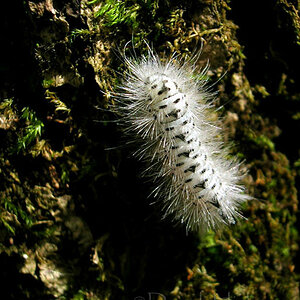
![[No title]](/data/xfmg/thumbnail/36/36677-3b91df53323d0850489794f28b3b9800.jpg?1619737677)
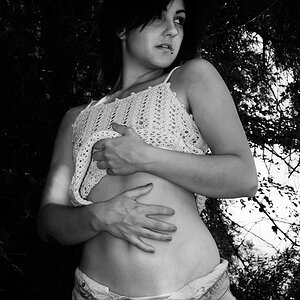
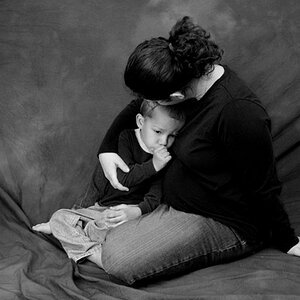
![[No title]](/data/xfmg/thumbnail/41/41937-bd46d08f9adcefe8bc65477f19a4f580.jpg?1619739947)
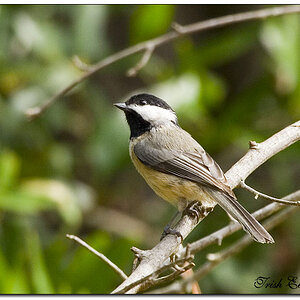
![[No title]](/data/xfmg/thumbnail/37/37604-7ad625e983f92f880eb65a264eeef5e4.jpg?1619738148)
